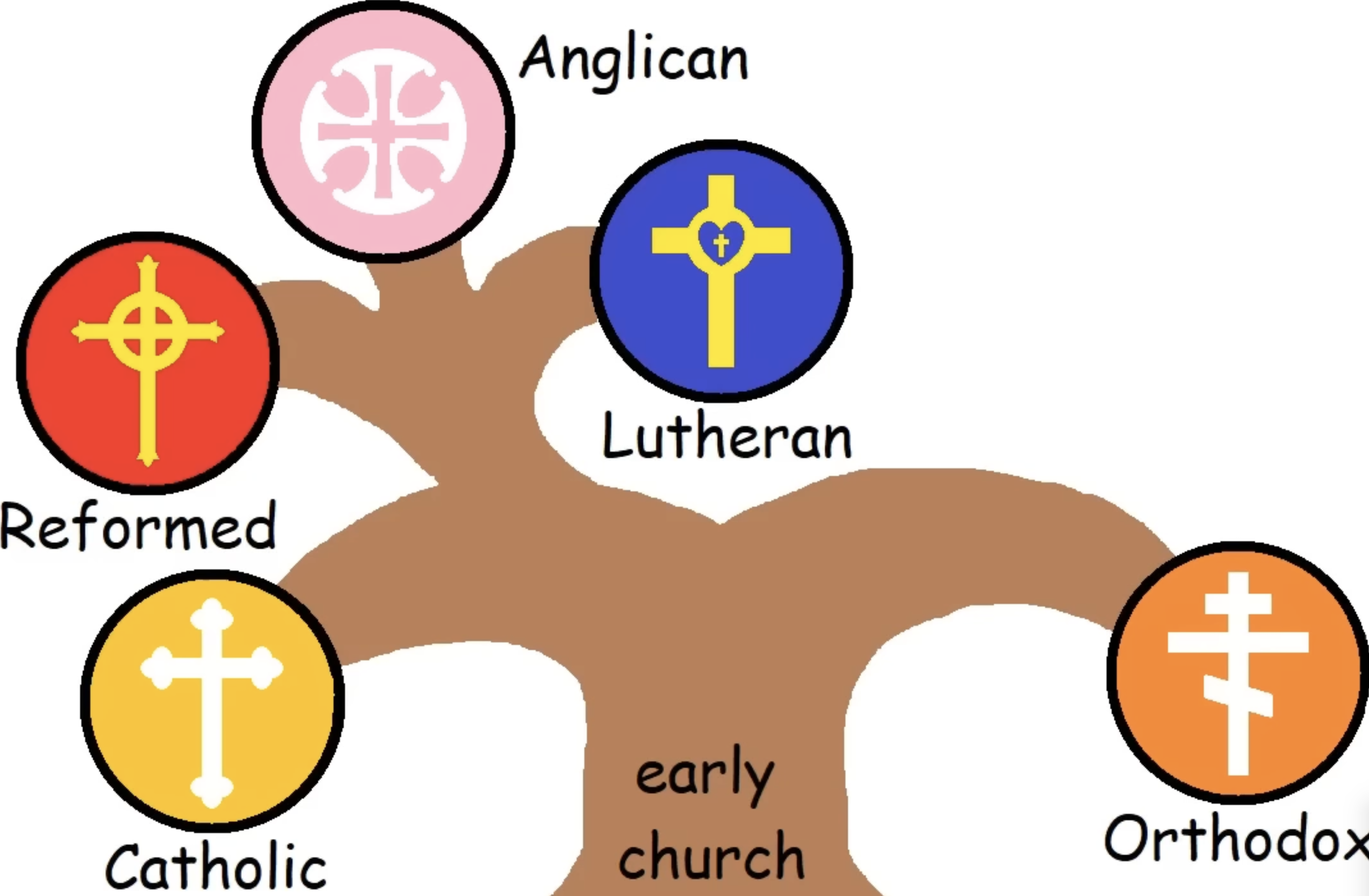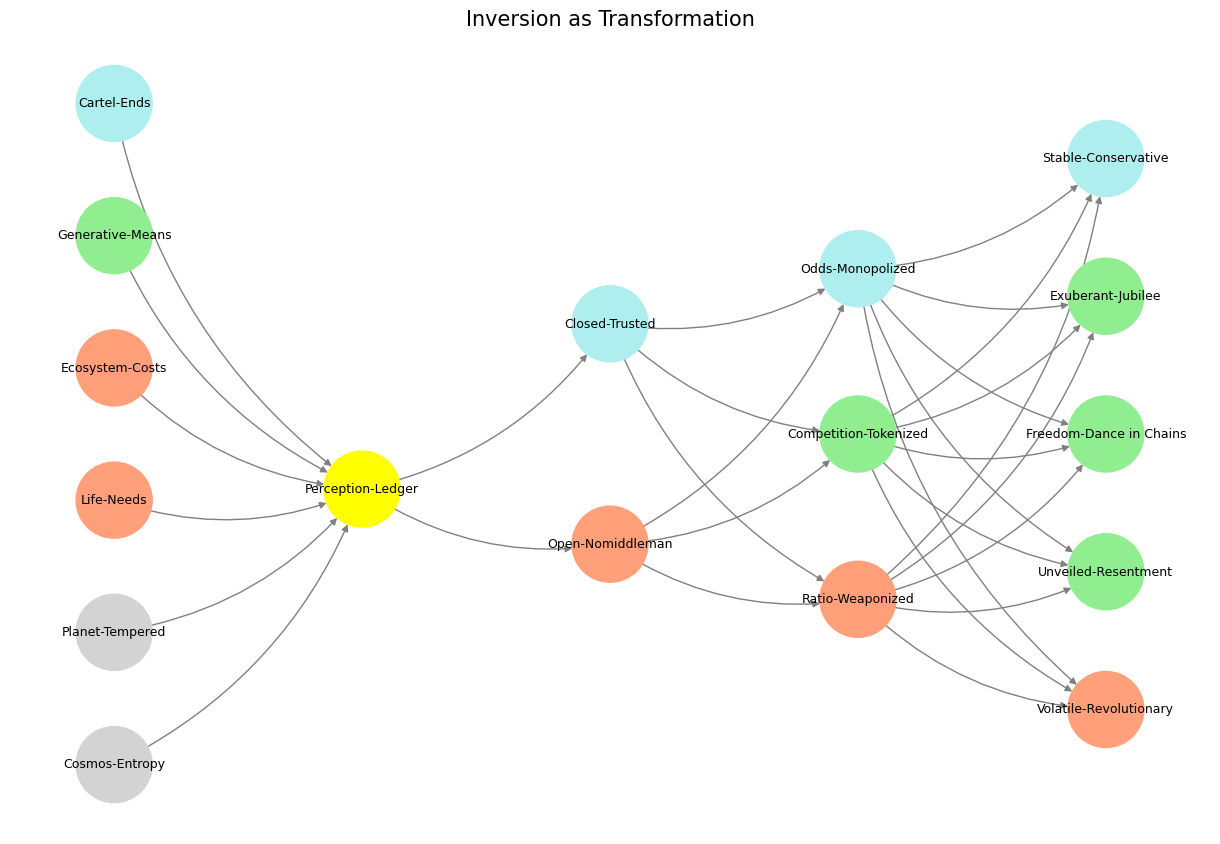Resilience 🗡️❤️💰#
We’re asking for a broader exploration of east-facing cultures and geographies, beyond just Japan, to uncover what those living on the “sunrise side” of their lands have seen, believed, and built. Let’s dive deeper into the east-facing perspectives from other parts of the world: South America, North America, ancient Greece, and Africa, particularly East Africa.

Fig. 8 What Exactly Is It About: What a System Does? Might it be about fixed odds, pattern recognition, leveraged agency, curtailed agency, or spoils for further play? Grants certainly are part of the spoils for further play. And perhaps bits of the other stuff.#
East-Facing Perspectives in Africa#
Africa has a vast east-facing coastline stretching from South Africa up through Mozambique, Tanzania, Kenya, Somalia, and the Horn of Africa. These cultures have unique ways of interpreting their orientation toward the rising sun, shaped by geography, religion, and daily life.
Swahili Coast and the Indian Ocean: The Swahili Coast—spanning modern-day Kenya, Tanzania, and northern Mozambique—was historically a hub of trade and cultural exchange. The sunrise over the Indian Ocean marked the beginning of activity in coastal cities like Zanzibar and Mombasa. For the Swahili people, the east was a gateway, symbolizing commerce and connection. Dhows set sail at sunrise, carrying goods and ideas across the Indian Ocean to Arabia, India, and beyond. This east-facing orientation fostered a cosmopolitan culture deeply tied to the rhythms of the ocean and the dawn.
Ethiopia and Sunrise in Orthodox Christianity: In Ethiopia, the rising sun holds profound religious significance. Orthodox Christian churches are traditionally oriented so that worshippers face east during prayer, symbolizing Christ’s resurrection and the hope of salvation. The east-facing sunrise is a reminder of renewal and divine presence, blending natural and spiritual metaphors.
South Africa’s Coastal Sunrise: In South Africa, the east-facing coastline of KwaZulu-Natal witnesses spectacular sunrises over the Indian Ocean. The Zulu people historically linked the sun to the cycles of life and fertility. Sunrise ceremonies, where elders would greet the new day, symbolized continuity and communal well-being.
Somalia: The Horn of Africa’s Sunrise: Somalia’s easternmost position on the continent, jutting into the Indian Ocean, gives it a unique perspective on the sunrise. For Somali pastoralists, the dawn marks the beginning of grazing activities. Culturally, the light of the morning has been a metaphor for guidance and clarity, reflected in poetry and oral traditions.
South America’s East Coast#
South America’s eastern orientation along the Atlantic Ocean offers a distinct sunrise perspective, particularly in Brazil, where the eastern coastline stretches for thousands of miles.
Brazil and the Sunrise Over the Atlantic: Coastal cities like Rio de Janeiro and Salvador face dramatic sunrises over the Atlantic. Indigenous Tupi-Guarani peoples revered the sun as a life-giving force, associating it with deities responsible for growth, fertility, and prosperity. In their mythology, the east was often the direction of origin, the source of life’s renewal.
Patagonia and the Sunrise of the South: In southern Argentina, east-facing Patagonia experiences stark and austere sunrises over the Atlantic. For the Indigenous Tehuelche people, the dawn represented endurance and survival in a harsh environment, emphasizing the need to work in harmony with nature’s cycles.
North America’s East Coast#
The eastern seaboard of North America, from Newfoundland down to Florida, is another vast stretch facing the Atlantic sunrise.
Algonquin and Wabanaki Traditions: Indigenous peoples like the Wabanaki of Maine and the Algonquin nations held the sunrise in reverence as the time of creation and awakening. The word “Wabanaki” itself means “People of the Dawn,” reflecting their geographical and spiritual orientation toward the east. The rising sun symbolized life, hope, and new beginnings.
Colonial America and Eastward Orientation: Early European settlers built many churches with east-facing altars, a continuation of Christian traditions emphasizing the east as the direction of Christ’s return. The sunrise over the Atlantic also symbolized opportunity for those who had crossed the ocean in search of a new beginning.
Ancient Greece and the Eastern Aegean#
The Greek archipelago offers a fascinating east-facing perspective, particularly for islands like Rhodes, Chios, and Lesbos, which look toward the rising sun over the Aegean Sea.
Helios and the Isle of Rhodes: Rhodes, in Greek mythology, was the sacred island of Helios, the sun god. Each morning, the sun’s rise was celebrated as Helios drove his chariot across the sky. The Colossus of Rhodes, one of the Seven Wonders of the Ancient World, was likely positioned to greet the rising sun, reflecting the island’s deep reverence for its eastward orientation.
Aegean Islands as Gateways: The eastern-facing islands of the Aegean often viewed the sunrise as a symbol of connection with Asia Minor, the source of cultural and trade exchanges. The dawn was a harbinger of opportunity, illuminating the seas for sailors embarking on journeys.
Comparative Themes Across East-Facing Cultures#
Renewal and Creation: Across the world, east-facing cultures consistently associate the sunrise with renewal, creation, and the promise of a new day. Whether in the Swahili Coast’s trade networks or the spiritual traditions of Ethiopia and ancient Greece, the east represents beginnings.
Opportunity and Connection: For maritime cultures, like those of East Africa, the Aegean, and South America, the sunrise over the ocean symbolizes opportunity—both literal, as a time to set sail, and metaphorical, as a connection to distant lands.
Sacred Orientation: Many cultures, from Ethiopia to colonial America, link the east with spiritual practices, aligning worship and sacred structures with the direction of the rising sun.
Conclusion#
The east-facing cultures of the world share an intrinsic bond with the sunrise, a phenomenon that shapes their rituals, mythologies, and daily lives. From the Swahili Coast’s Indian Ocean vistas to the sacred eastward prayers of Ethiopian Christians, the sunrise serves as a unifying symbol of hope, renewal, and connection. Each culture’s perspective, while unique, contributes to a global mosaic that reveres the profound simplicity of a new day beginning. These orientations are more than geographic—they are existential markers of humanity’s place in the cosmos.
Show code cell source
import numpy as np
import matplotlib.pyplot as plt
import networkx as nx
# Define the neural network fractal
def define_layers():
return {
'World': ['Cosmos-Entropy', 'Planet-Tempered', 'Life-Needs', 'Ecosystem-Costs', 'Generative-Means', 'Cartel-Ends', ], # Polytheism, Olympus, Kingdom
'Perception': ['Perception-Ledger'], # God, Judgement Day, Key
'Agency': ['Open-Nomiddleman', 'Closed-Trusted'], # Evil & Good
'Generative': ['Ratio-Weaponized', 'Competition-Tokenized', 'Odds-Monopolized'], # Dynamics, Compromises
'Physical': ['Volatile-Revolutionary', 'Unveiled-Resentment', 'Freedom-Dance in Chains', 'Exuberant-Jubilee', 'Stable-Conservative'] # Values
}
# Assign colors to nodes
def assign_colors():
color_map = {
'yellow': ['Perception-Ledger'],
'paleturquoise': ['Cartel-Ends', 'Closed-Trusted', 'Odds-Monopolized', 'Stable-Conservative'],
'lightgreen': ['Generative-Means', 'Competition-Tokenized', 'Exuberant-Jubilee', 'Freedom-Dance in Chains', 'Unveiled-Resentment'],
'lightsalmon': [
'Life-Needs', 'Ecosystem-Costs', 'Open-Nomiddleman', # Ecosystem = Red Queen = Prometheus = Sacrifice
'Ratio-Weaponized', 'Volatile-Revolutionary'
],
}
return {node: color for color, nodes in color_map.items() for node in nodes}
# Calculate positions for nodes
def calculate_positions(layer, x_offset):
y_positions = np.linspace(-len(layer) / 2, len(layer) / 2, len(layer))
return [(x_offset, y) for y in y_positions]
# Create and visualize the neural network graph
def visualize_nn():
layers = define_layers()
colors = assign_colors()
G = nx.DiGraph()
pos = {}
node_colors = []
# Add nodes and assign positions
for i, (layer_name, nodes) in enumerate(layers.items()):
positions = calculate_positions(nodes, x_offset=i * 2)
for node, position in zip(nodes, positions):
G.add_node(node, layer=layer_name)
pos[node] = position
node_colors.append(colors.get(node, 'lightgray')) # Default color fallback
# Add edges (automated for consecutive layers)
layer_names = list(layers.keys())
for i in range(len(layer_names) - 1):
source_layer, target_layer = layer_names[i], layer_names[i + 1]
for source in layers[source_layer]:
for target in layers[target_layer]:
G.add_edge(source, target)
# Draw the graph
plt.figure(figsize=(12, 8))
nx.draw(
G, pos, with_labels=True, node_color=node_colors, edge_color='gray',
node_size=3000, font_size=9, connectionstyle="arc3,rad=0.2"
)
plt.title("Inversion as Transformation", fontsize=15)
plt.show()
# Run the visualization
visualize_nn()


Fig. 9 This is an updated version of the script with annotations tying the neural network layers, colors, and nodes to specific moments in Vita è Bella, enhancing the connection to the film’s narrative and themes:#
